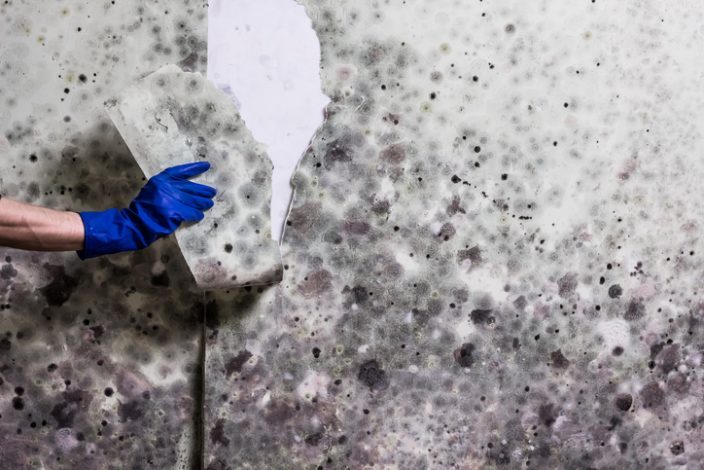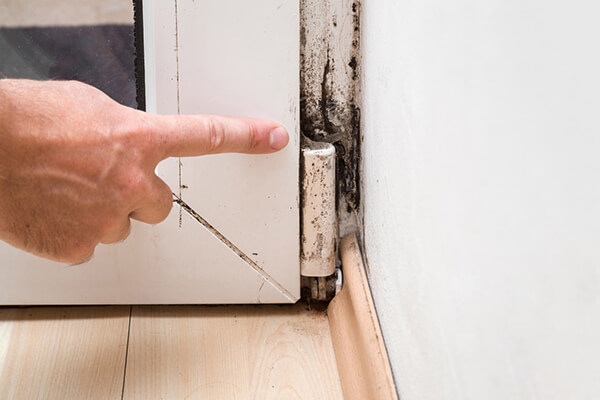Your Ultimate Overview to Blog Post Mold Remediation Techniques
Browsing the world of post-mold remediation techniques is a meticulous procedure that requires focus to information and a detailed understanding of the intricacies involved. In the aftermath of mold and mildew infestation, recognizing exactly how to efficiently eradicate the mold and mildew and avoid its reoccurrence is critical for maintaining a healthy and balanced interior atmosphere. From choosing the ideal cleansing and disinfecting methods to implementing strategies for long-term mold and mildew avoidance, each action in the removal journey plays an important duty in making certain a successful outcome. As we begin on this exploration of post-mold removal techniques, we will certainly uncover the vital techniques and best techniques that can help you recover your space to its pre-mold problem and secure it against future mold hazards.
Comprehending Post-Mold Removal Refine
After finishing the mold and mildew remediation procedure, it is critical to recognize the post-mold remediation strategies that are needed to make sure a reliable and detailed cleanup. As soon as the mold has been gotten rid of, the following step includes cleansing and sanitizing the impacted locations to protect against any type of regrowth of mold.
In addition, carrying out a final assessment post-remediation is important to make certain that all mold has been effectively eradicated. This examination must include a detailed aesthetic check in addition to potentially air tasting to confirm the absence of mold and mildew spores airborne. If the examination exposes any type of remaining mold and mildew, extra removal may be needed. Educating residents on precautionary actions such as controlling moisture levels and quickly dealing with any type of water leakages can assist keep a mold-free setting.
Effective Cleaning Up and Sanitizing Approaches

Avoiding Future Mold Growth

Value of Correct Ventilation
Appropriate ventilation plays an important duty in protecting against moisture accumulation, a vital consider mold development within interior environments. Effective ventilation systems help eliminate excess humidity from the air, reducing the opportunities of mold and mildew spores locating the moisture they require to germinate and spread out. Without ample ventilation, interior spaces can end up being a breeding place for mold, bring about potential wellness risks and structural damages.
By guaranteeing appropriate air circulation, air flow systems can also help in drying out browse this site moist areas extra rapidly after water damages or flooding events, additionally deterring mold and mildew development. Post Mold Remediation. In rooms like bathrooms, basements, cooking areas, and attics where wetness degrees often tend to be greater, mounting and maintaining effective ventilation systems is vital in protecting against mold infestations

Tracking and Maintenance Tips
Given the vital function that correct air flow plays in preventing mold growth, it is crucial to establish effective surveillance and upkeep pointers to make certain the continued functionality of air flow systems. Monitoring moisture levels within the residential or commercial property is also crucial, as high moisture can add to mold and mildew growth. By staying positive and alert to the condition of ventilation systems, property owners can effectively mitigate the risk of mold and mildew regrowth and keep a healthy and balanced indoor environment.
Conclusion
Finally, post-mold removal strategies are essential for ensuring a secure and tidy atmosphere. Comprehending the process, applying reliable cleansing and sanitizing methods, preventing future mold development, maintaining proper air flow, and routine surveillance are all critical action in the remediation process. By following these standards, you can efficiently remove mold and stop its return, advertising a healthy living or working space for all residents.
In the aftermath of mold and mildew infestation, understanding how to successfully eradicate the mold and stop its reoccurrence is critical for keeping a healthy interior setting. Once the mold and mildew has been gotten rid of, the next step entails cleaning and sanitizing the influenced areas to stop any regrowth of mold - Post Remediation verification. After getting rid of noticeable mold growth, it is crucial to cleanse all surface areas in the afflicted area to remove any kind of staying mold spores. To even more improve mold and mildew avoidance measures, it is vital to resolve underlying concerns that mold removal wood initially led to mold development.Given the vital function that appropriate ventilation plays in avoiding mold and mildew growth, it is necessary to develop effective tracking and upkeep tips to make sure the ongoing functionality of air flow systems